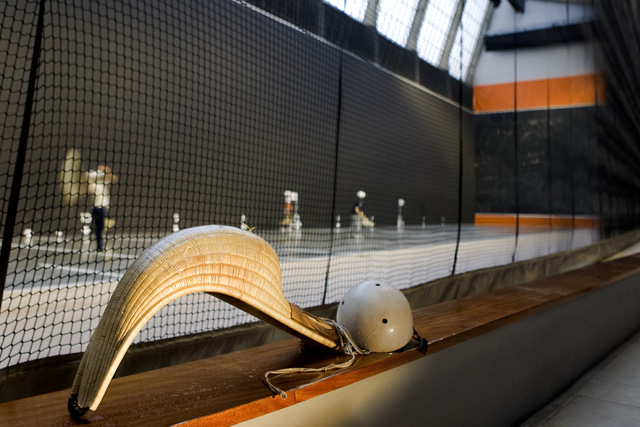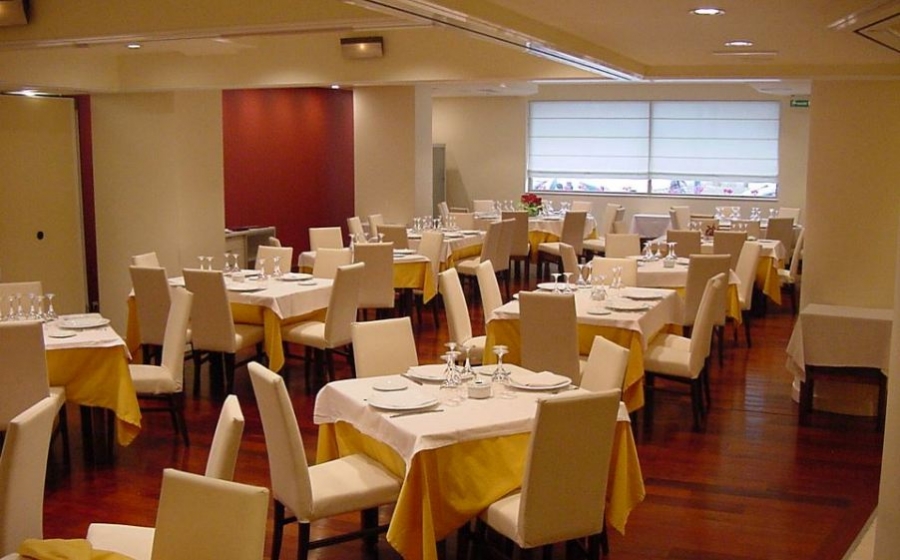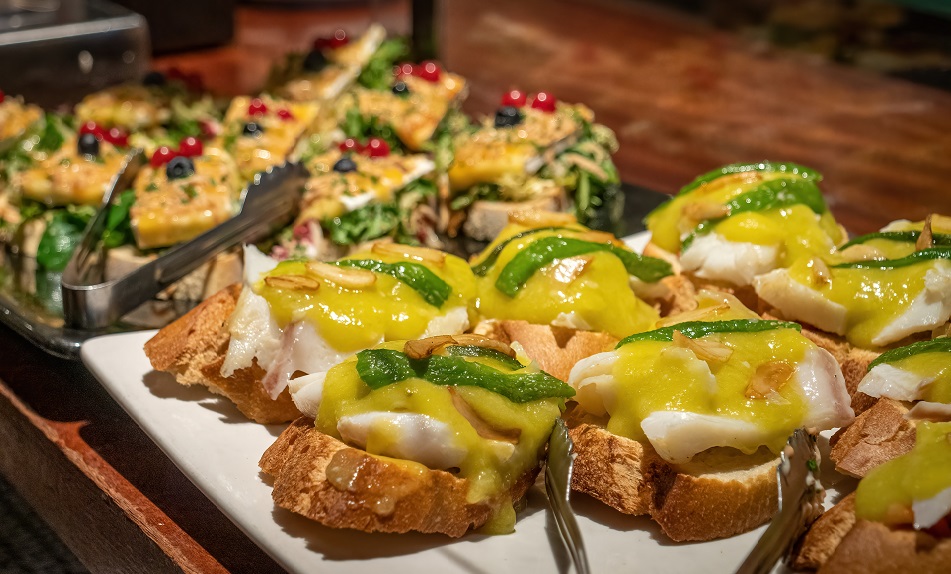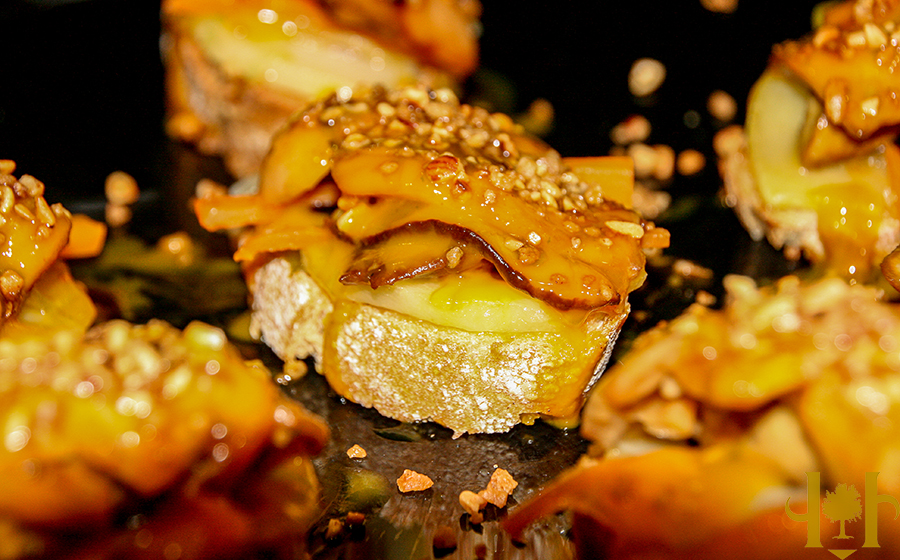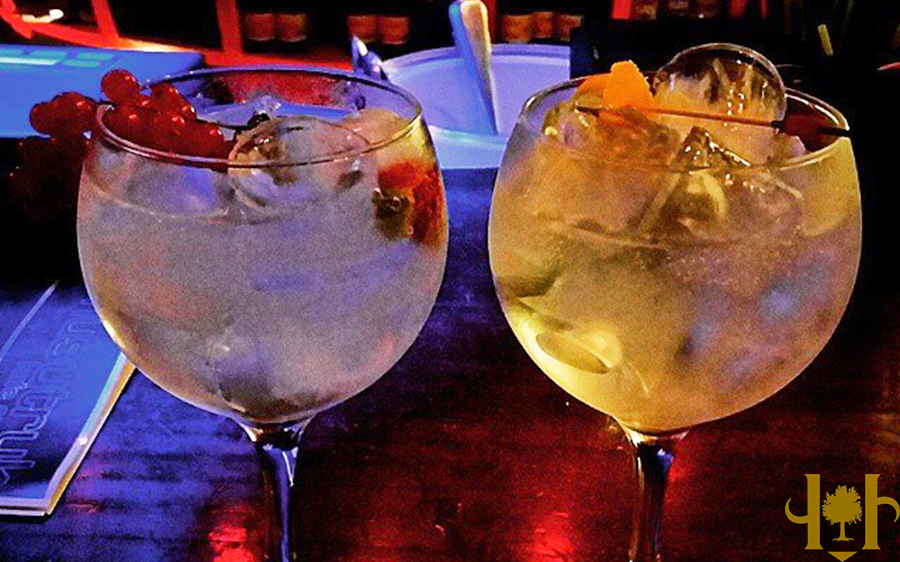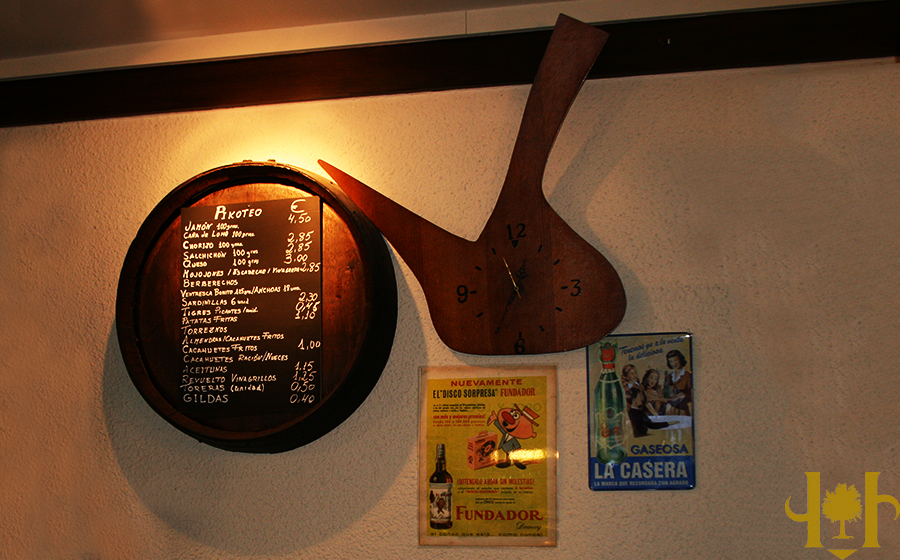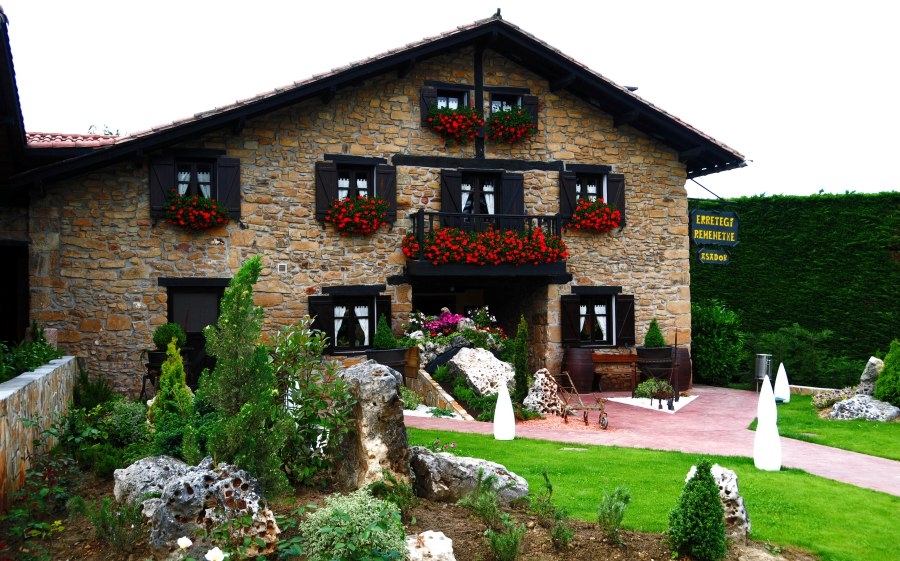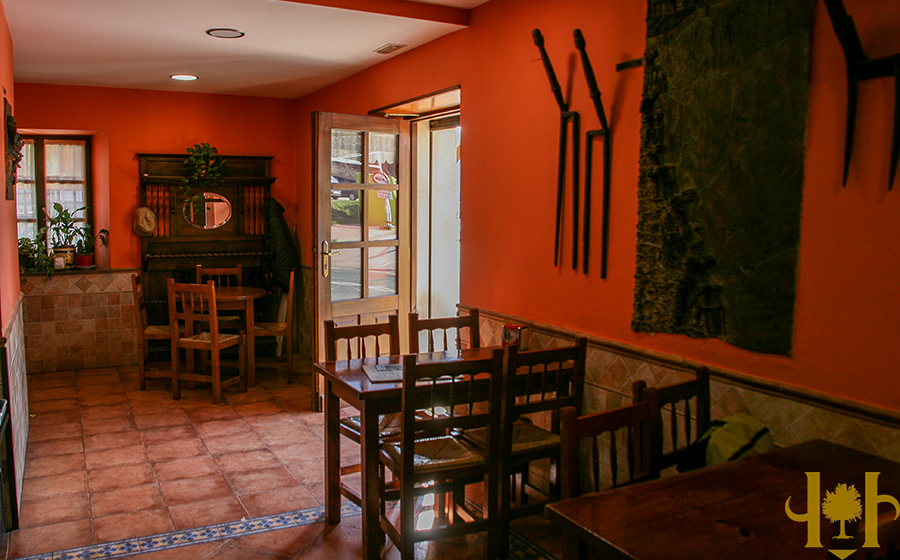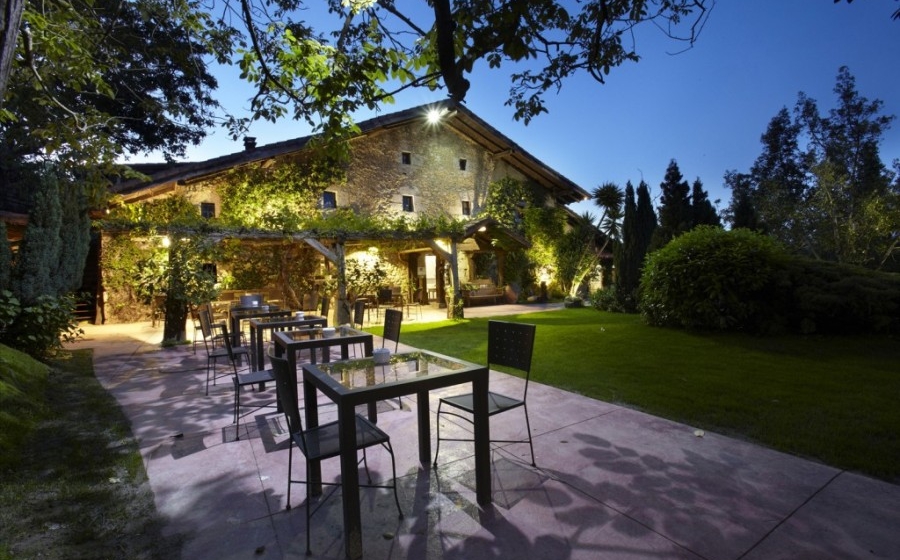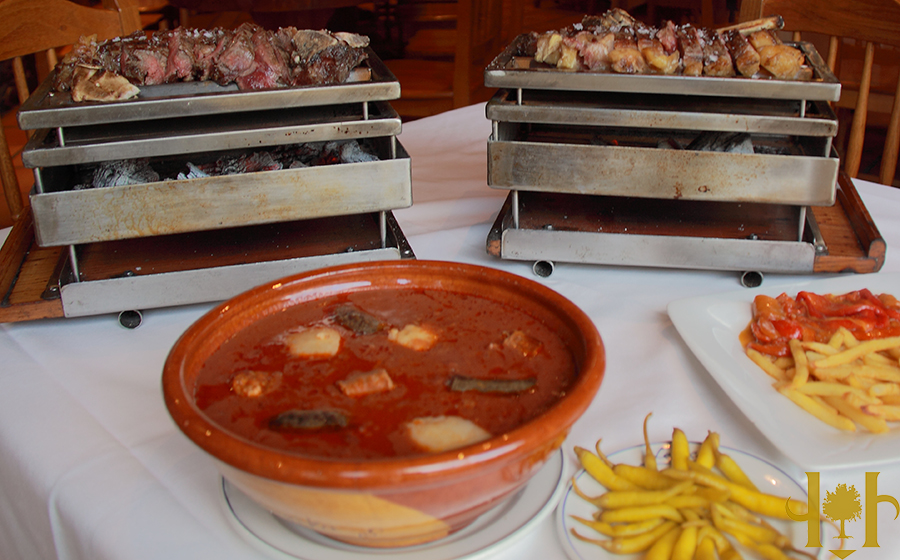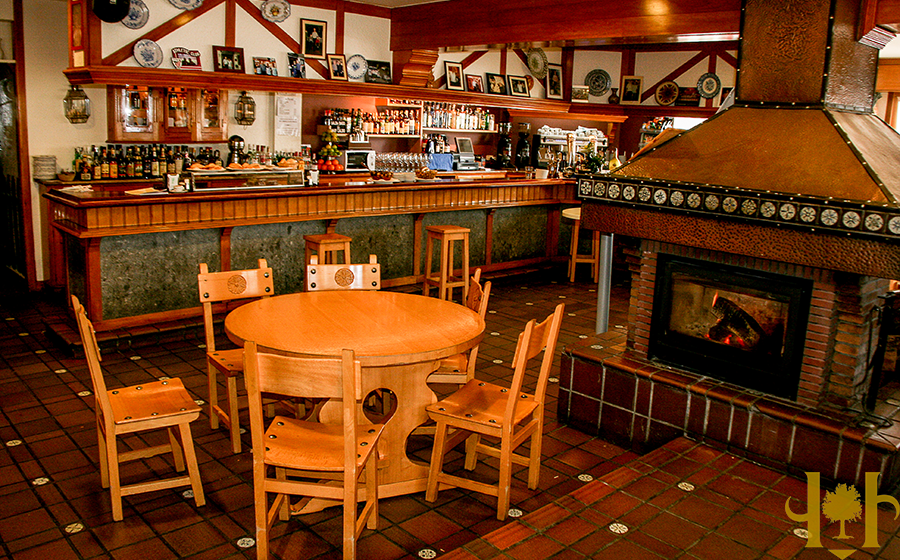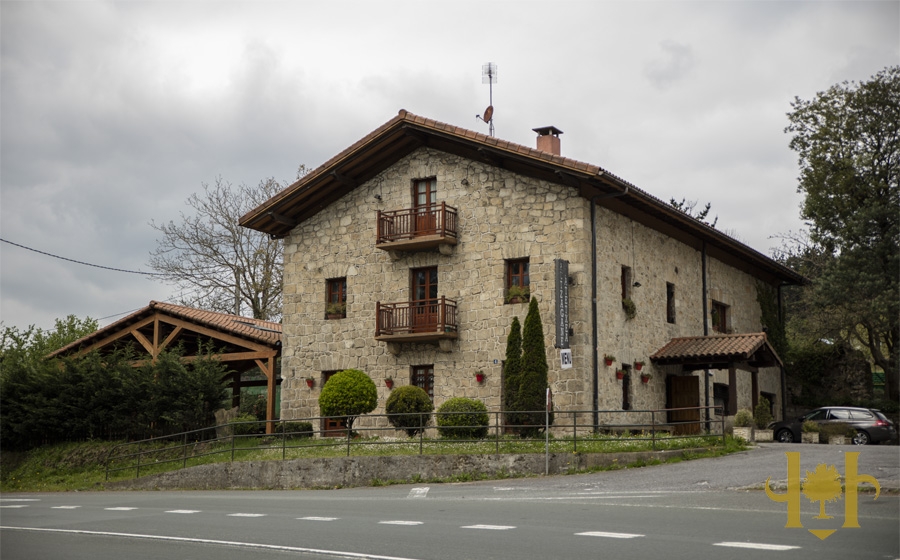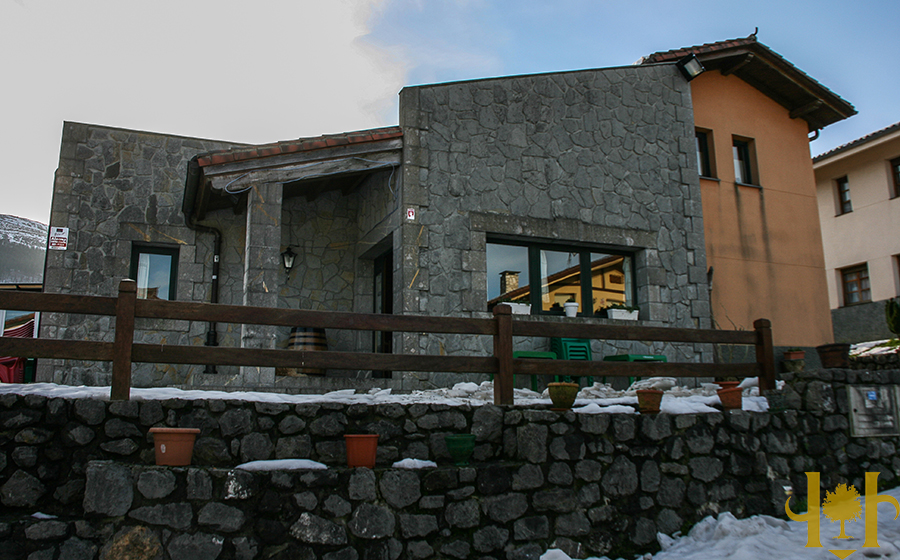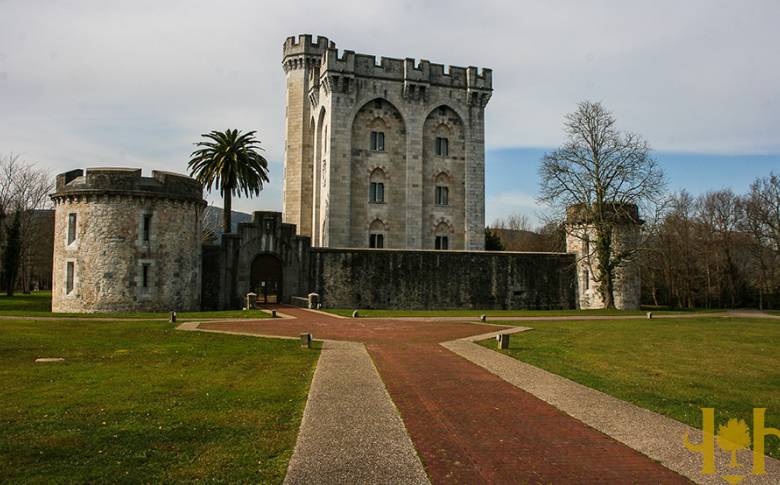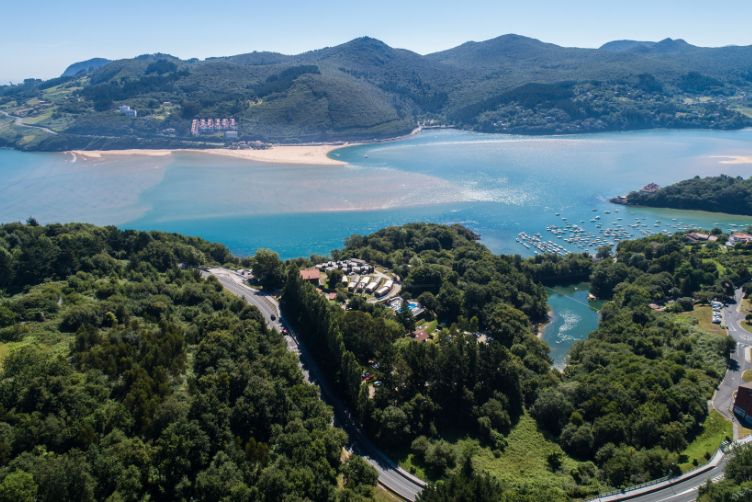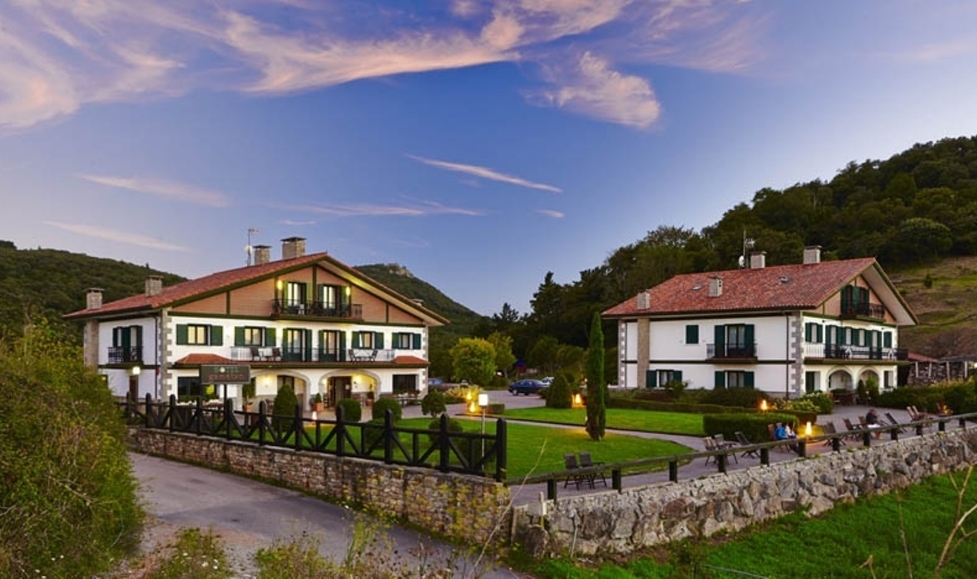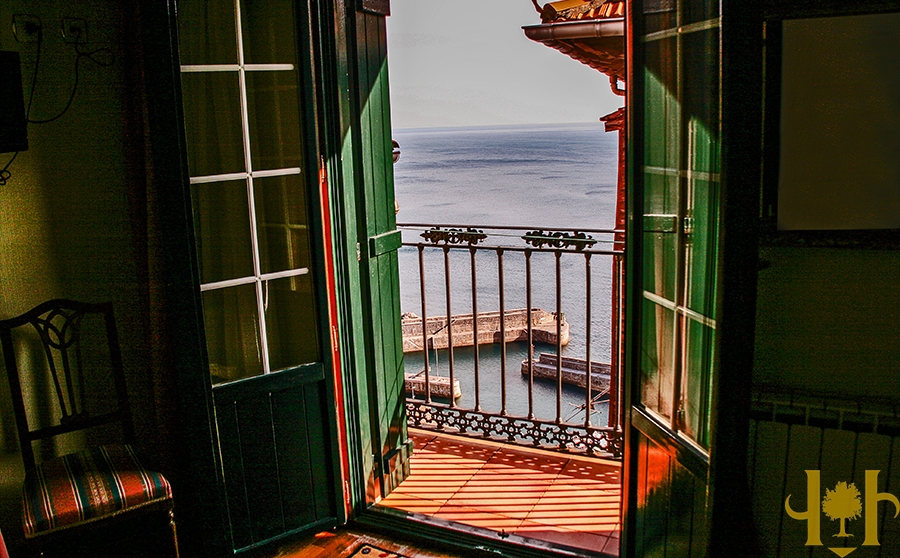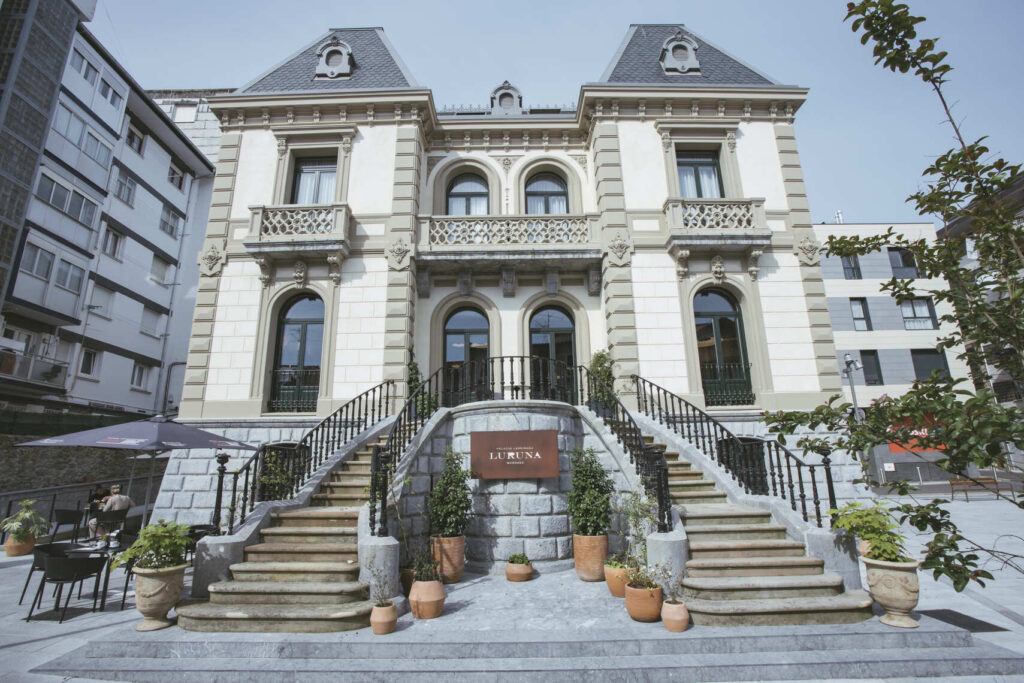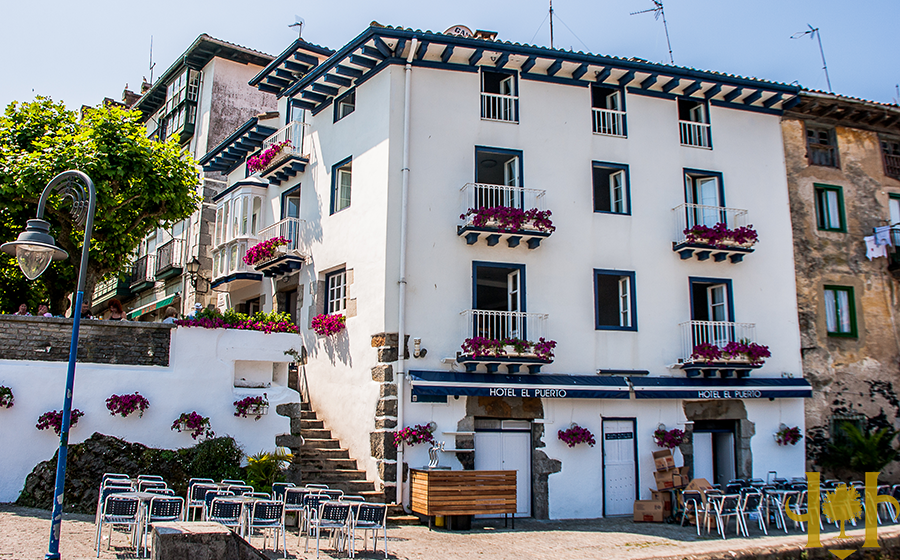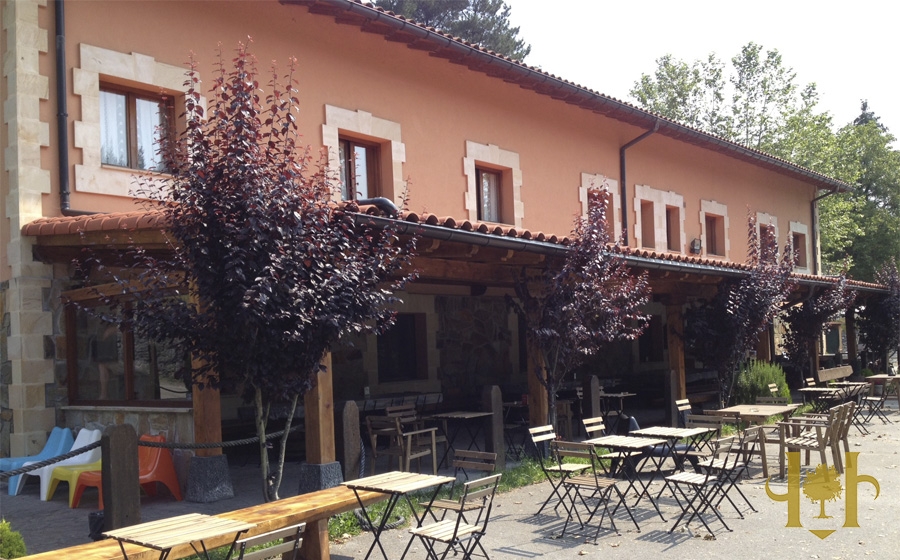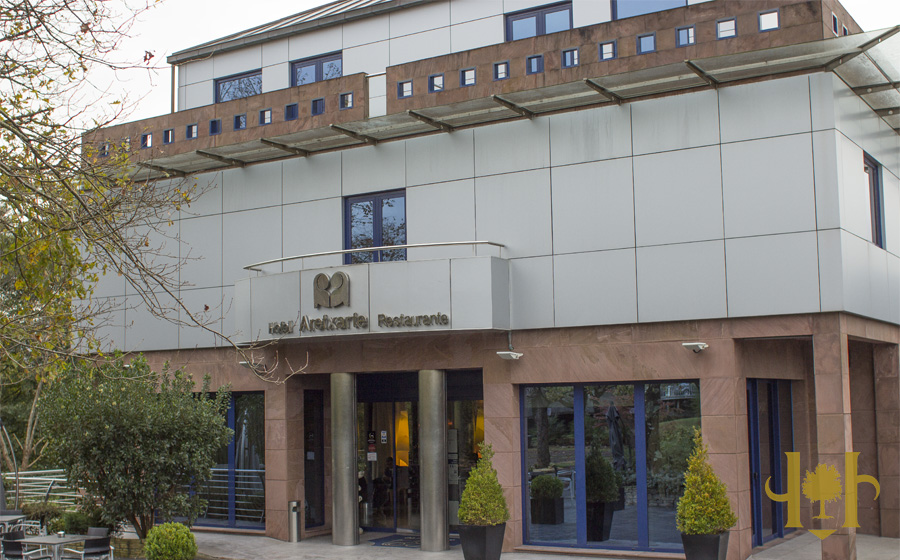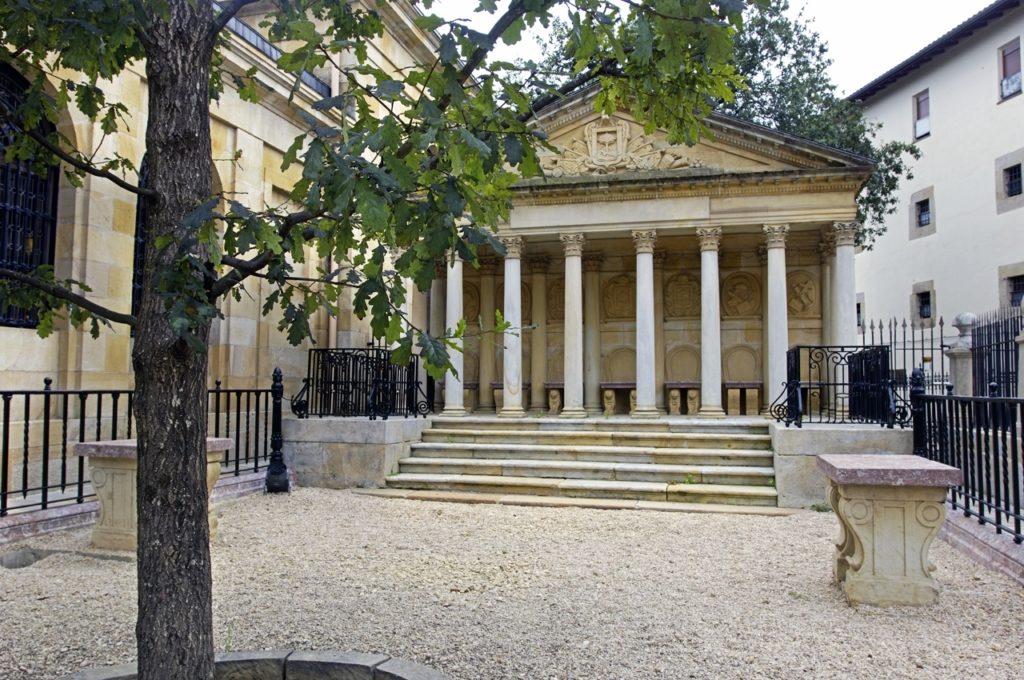
Located in the district of Busturialdea, Gernika is a symbol of Basque freedoms and peace.
Its name evokes tradition and history, and is an essential stopover, as well as having an exceptional architectural heritage, if you make excursions to the biosphere reserve of Urdaibai.
The historic town
The history of Gernika (Guernica in Spanish) dates from 1366, when a Count of Biscay, Don Tello, separated Gernika by decree and granted it the status of ‘Villa’ (chartered town). The 16th 17th and 18th centuries were characterised by constant disputes over border and jurisdictional problems between Gernika and the neighbouring Elizaldes (a form of local government, particularly common in Biscay) of Lumo and Ajangiz, These conflicts lasted until January 1882, when the Villa of Gernika and the Elizalde of Lumo became a single municipality, called Gernika-Lumo since then.
Picasso’s ‘Guernica’
On April 26, 1937, German and Italian Air Force units supported by Gen Franco bombed Gernika, which was razed to the ground and many civilians lost their lives; 70% of the town was completely destroyed and another 20% suffered serious damage. Strangely, the Casa de Juntas (General Assembly Hall) and the Árbol (tree) of Gernika were left intact.
This horrendous bombing inspired the famous painting Guernica by Pablo Picasso, the artist from Malaga. The painting, now one of the most valuable works of art of the 20th century, shows the suffering and destruction caused without making any direct reference to the bombing. The Guernica can now be admired in the Museo Reina Sofía in Madrid.
Casa de Juntas and Árbol de Gernika
For centuries, Gernika has been the place where the towns and villages of Biscay meet. The first assembly dates back to the 14th century and was held under the now famous Árbol de Gernika. The aim of these assemblies was to create a set of laws through the system of citizens’ representation.
The Casa de Juntas and the Árbol de Gernika are living symbols of the history of the Basque Country. Nowadays, they are the scene of ceremonies such as the swearing in of the Lehendakari (President of the Basque Government) or the Deputy-General of Biscay.
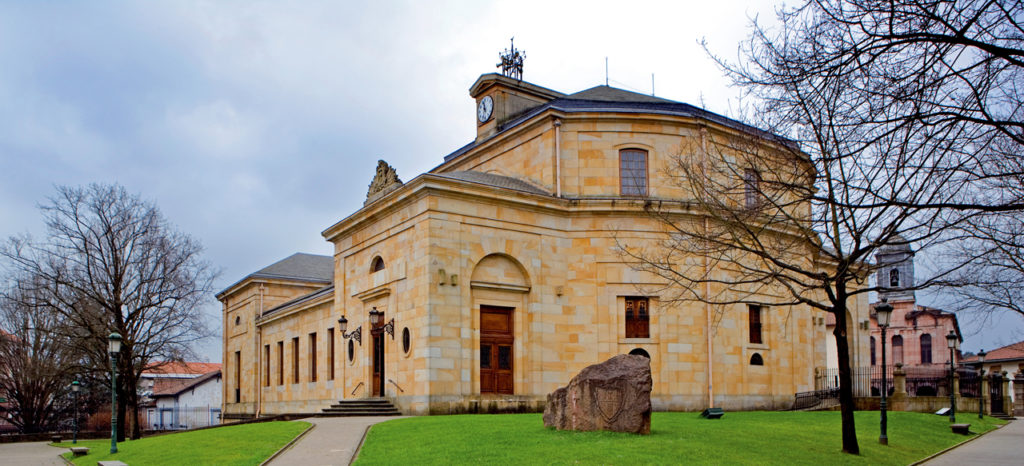
What to see in Gernika
Although the main point of interest is the site of the Casa de Juntas and the Árbol de Gernika, the town has other tourist attractions:
Gernika Market
Every Monday the Mercado de Gernika takes place in the town’s Market Square, and is one of the best known in the Basque Country.
In the past, people used to come to this market from all over the province. Nowadays, the traditional market of Gernika is a place to meet friends and enjoy a good lunch or perhaps watch a Basque pelota match in the frontón (court where the sport is played).
Museo de la Paz
The Peace Museum of Gernika is located in the central Plaza de los Fueros opposite the Town Hall, just 50 metros from the Tourism Office.
This interactive museum has a photography and audiovisual exhibition on the tragedy of the bombing of Gernika, with testimonies from survivors of the attack.
Its mission is to conserve, exhibit, disseminate, study and educate visitors about the history of Gernika and explain why a culture of peace is necessary in the world.
Entry fee to the museum: €5, Reduced €3, Sundays free of charge. Guided visits service for groups
| 4 May – 20 June 2021 | 21 June – 17 October | 18 October – 31 December |
| Tuesday to Friday: 10:00 – 16:00 | Monday: 10:30 − 16:00 Tuesday to Friday: 10:00 – 18:00 |
Tuesday to Friday: 10:00 – 16:00 |
| Saturdays and Sundays: 10:30 – 15:00 | Saturdays and Sundays: 10:30 – 16:00 | Saturdays and Sundays: 10:30 – 15:00 |
Museo Euskal Herria
The Museo Euskal Herria is an ethnographic museum on the history and culture of the Basque Country.
Its exhibition area shows the historical, political and cultural environment of the Basque community.
Entry fee: €3.50, reduced: €2. Guided visits for groups.
|
|
|
|
| Sundays: 10:30-14:30 |
Church of Santa María
The church of Santa María is one of the best examples of Gothic architecture in the Basque Country. Located at the highest point in Gernika, it dates from the mid-15th century.
Its construction began in 1418, and after many modifications over the years was finally completed in 1715.
Although the church of Santa María was not destroyed in the air raid in 1937, it was seriously damaged and the parish archive was lost in the fire that followed the bombardment.
Parque de los pueblos de Europe
Located next to the Casa de Juntas, the Parque de los Pueblos de Europe is of great artistic interest because it contains sculptures by Eduardo Chillida and Henry Moore.
Opened in 1991, the park houses Chillida’s sculpture Gure Aitaren Etxea (Our Father’s House), commissioned by the Basque Government to commemorate the 50th anniversary of the bombing of Gernika.
It is a monument dedicated to peace, designed so that the Árbol de Guernica can be seen from its window.
Henry Moore’s sculpture bears the name ‘Large Figure in a Shelter’. It is part of the ‘War Helmets’ collection the artist started working on during the Second World War.
Frontón Jai Alai
The Frontón Jai Alai is the biggest in the world that still hosts cesta punta (a form of Basque pelota using a curved basket) matches. According to the experts, Gernika can boast the best fronton in the world.
It was inaugurated by Secundino Zuazo in 1963, and since then has been an essential in understanding Jai Alai, the fastest sport in the world according to the Guinness Book of Records.
At the moment, the Jai Alai is only open during training sessions, normally, from 10:00 to 11:00 and from 16:30 to 19:00. (there may be changes).
If you would like to learn more about this Basque sport, the cesta punta school in Gernika organises Jai Alai demonstration. More information at gjaialai@msn.com / Tel. 658 750 627 .
| Tourism Office | Tel. 94 625 58 92email: turismo@gernika-lumo.eus
Address: Artekalea 8 |
Gernika with the family
If you visit Gernika with your children and you want to have some fun with them while discovering the most important cultural and historic sites in the town, we encourage you to ask for the ‘Club Marco Topo’ interactive game at the Tourism Office. It is free of charge and you only need a mobile phone with an Internet connection (data or the free Wi-Fi connection at the different points on the visit) and the map and stickers that you can collect in the Tourism Office, where they will explain how this treasure hunt game works. It is a different, entertaining and enjoyable way to discover Gernika and its history, places, personalities and singular features.
We also give you this list on Spotify so you can enjoy that moment of disconnection with our selection:
Establishments nearby
Accommodation nearby
